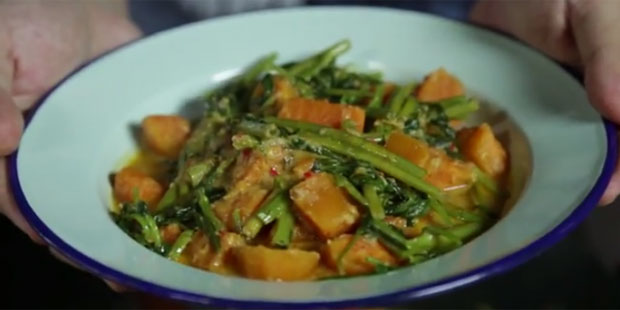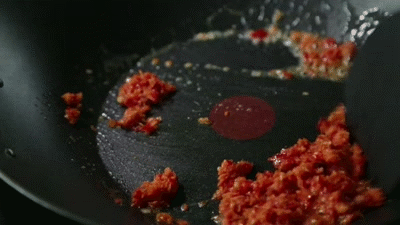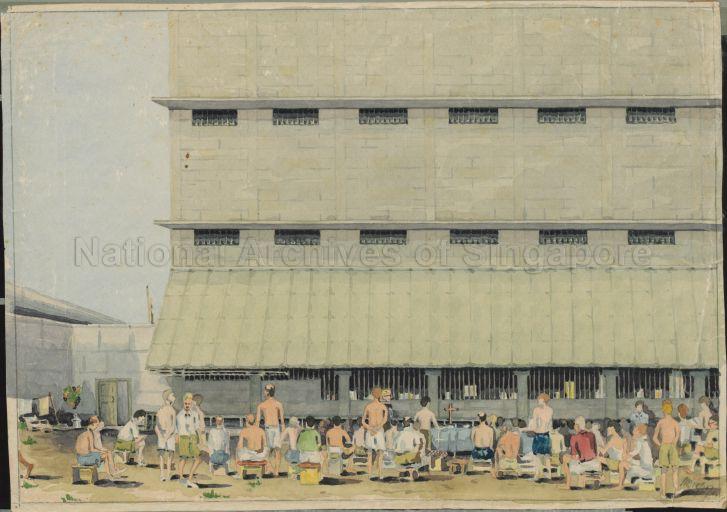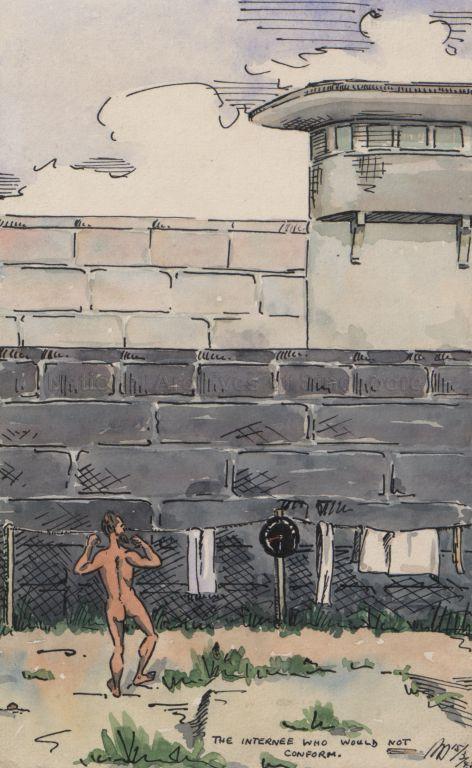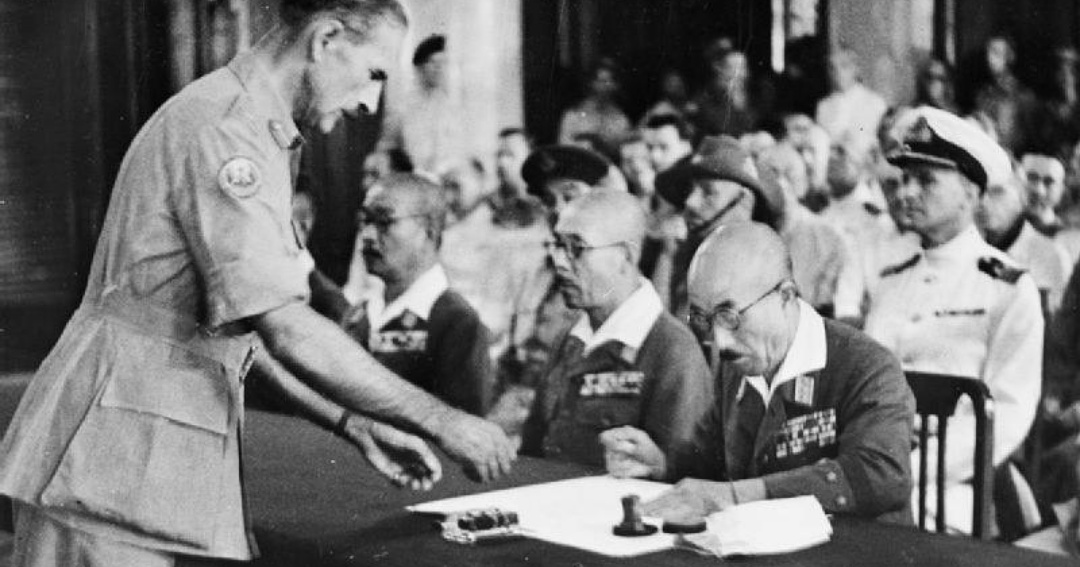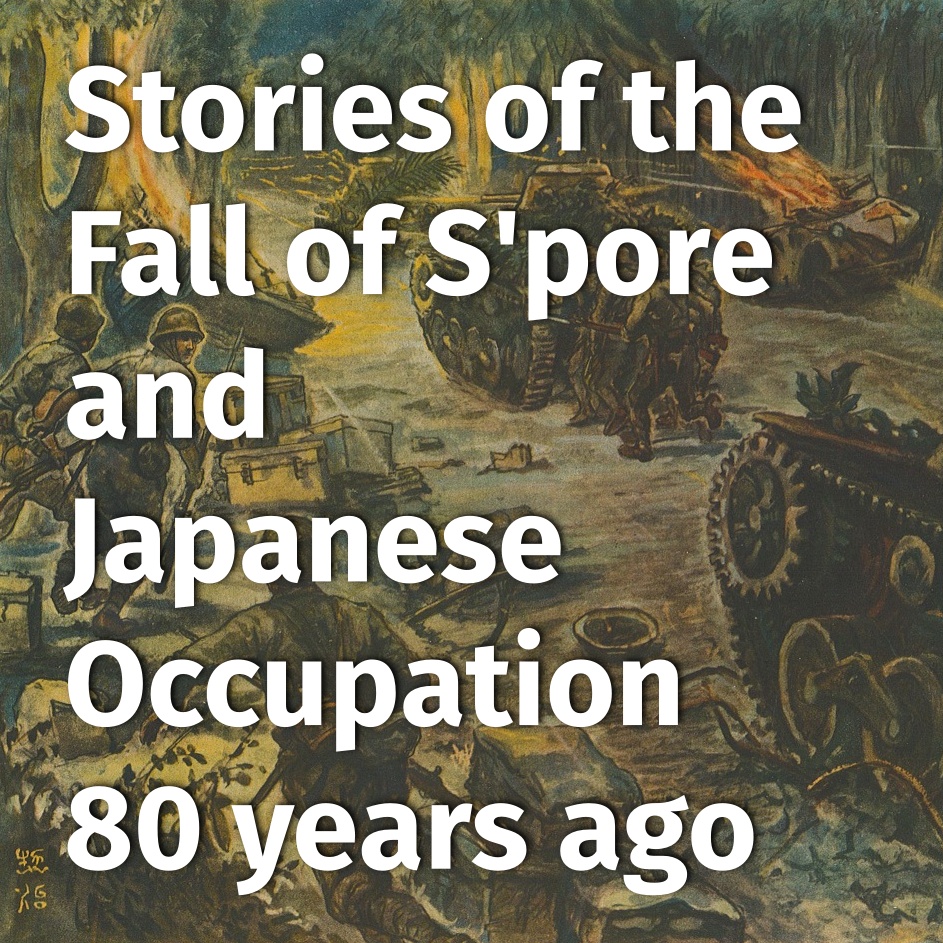Hungry 'every minute of the day': Japanese Occupation survivors on starving during WW2
Every meal was potentially a last meal.
Belmont Lay |
Joshua Lee |
February 17, 2022, 12:01 PM
Future-Ready Postgrad Fair 2022

19 February 2022 - 19 February 2022

Online
This year, Singapore commemorates the 80th anniversary of the Fall of Singapore and the Japanese Occupation. Over the course of this week, Mothership will be republishing stories that highlight the key events that marked one of the darkest moments in Singapore's history.
The Japanese Occupation from February 1942 to September 1945 was one of the darkest periods in Singapore history.
For young Singaporeans today, the collective agony of World War 2 horrors resides only in textbooks and museums. For older folks, like our grandparents (or even parents), the pain was real, especially the pain of
hunger.
Singapore was renamed
Syonan-to (Light of the South) during the Occupation. Ironically, however, life was a dark pit, where every meal could be your last — if you could manage to put together a meal at all.
Lim's oral history account can be found
here.
No food, no money
Food was scarce during the Occupation because Singapore's food supply was reduced and whatever came in was unequally distributed among the people. The existing food stocks on the island declined quickly as demand outstripped supply.
Food prices soared.
Prices for necessities such as rice, sugar, and salt were controlled by the Japanese Military Administration Department (M.A.D). They set the maximum prices for these goods and announced them in the newspapers and notices around town.
Commodities price by M.A.D announced in the Syonan Times (Syonan Shimbun), February 25, 1942. Taken from NewspaperSG.
The Japanese also issued their currency, which the locals called "Banana Money", because of the banana tree designs on them.
Banana Money.
Source.
The Japanese printed "Banana Money" whenever they needed it, which led to hyperinflation. The notes essentially became worthless pieces of paper.
People would find themselves with huge amounts of "Banana Money", but were unable to use them to buy food.
Ngui's interview can be found
here. One kati is approximately half a kilogram.
Due to the severe food shortage, the locals were subjected to food rationing. Each household only received a small unit of rice, flour, sugar, and salt each month.
This allocated unit of food steadily decreased over the years until being hungry became the norm.
Food ration card. Screengrab from Youtube.
Rice, the very staple that people in Singapore depended on for nutrition, was the most severely affected. By 1944, two years into the Occupation, people could only have
one bowl of rice per day — and that was if you were well off.
Alexander's video interview can be found
here.
In response, the Japanese encouraged people to find other substitutes for rice, such as tapioca and sweet potato, as seen in this article published in the
Syonan Shimbun (Syonan Times):
Black Market
Although the local population was starving, the truth was that there was no real shortage of rice because all rice stocks were hoarded by the Imperial Japanese Army to feed themselves and their supporters.
Many people had to turn to the black market to get the food they needed. Of course, items on the black market were sold at ridiculous prices. Imagine yourself as a mother of a young child who needed milk, and the only way to get it was to pay hundreds of dollars for a small tin off the black market.
Source.
Gay's oral history interview can be found
here.
Every meal a last meal
People turned to food that was more readily available on the island. Coconut, seafood, and other root crops became staples. The shortage of supplies enforced by the Japanese made every meal a potential last meal.
Koh's oral history interview can be found
here.
Ironically, the diet back then is what we would consider a "healthy" diet
today. People ate less meat, less sugar, and less oil, but more vegetables and seafood.
However, while the diet is considered "healthy" in today's context, people back then were not eating enough, which led to diseases such as beri beri (lack of vitamin B1); the death rate also spiked during the Occupation.
Sparks of hope
Even in the midst of suffering, there was hope.
In "
Wartime Recipes", a six-episode YouTube series by the National Museum Singapore, wartime survivors speak of the extraordinary kindness they experienced from neighbours and even strangers during the Occupation.
Their stories are a reminder that even in desperate times, an act of selflessness can help us tide over the impossible.
Dishes inspired by wartime food
The same YouTube series also provided some recipes inspired by the food that sustained people in Singapore during the Occupation. Here are six dishes you can recreate at home:
Mix grated tapioca, crushed turmeric with salt, finely-chopped chillies, sliced onion, diced curry leaves, and grated coconut. Add a bit of tapioca flour if the mixture is too moist.
Roll the mixture into balls and deep fry.
Pound dried shrimps (
hei bee) into a coarse paste. Stir fry the paste with chillies and shallots.
Add coconut milk to the stir-fried paste. Add sweet potatoes that have been peeled and cut into cubes into the mixture.
Simmer for 15 minutes before adding
kang kong. Cook until done.
Shred the
kiam chye and soak it in water to remove excess salt.
Stir-fry diced garlic and chilli and squid before setting aside.
Stir-fry the
kiam chye then return the stir-fried garlic-chilli-squid back into the
kiam chye and stir-fry them all together.

Boil everything on this list:
- Sliced semi-ripe papaya
- Shallots (coarsely-pounded)
- Dried shrimp (coarsely-pounded)
- Two chillies
- Belacan
- Prawns
- Pepper
*Note: No one actually had lobster to eat during World War 2. This was a "fantasy" dish they craved, which they did consume during better years before the war.
Mix the following ingredients:
- Flesh of young coconut
- Lobster
- Tomato sauce
- Pepper
- A bit of sherry
- Salt
Put the mixture in a baking dish and bake.
Mix Gula Melaka, water, and sugar. Combine the mixture with mung bean flour and thick coconut milk.
Cook the entire mixture in thin coconut milk until it thickens.
Pour it into a mould and refrigerate.
For more on what people ate during World War 2, check out the
6-episode series "Wartime Recipes" or read
Wartime Kitchen by Wong Hong Suen.
Top image via Wikimedia Commons. This story was adapted from "Food people ate during Japanese Occupation gets yummy 21st century makeover", published in 2014, and "Here's how S'pore's Japanese Occupation survivors endured 3 years of hunger: Parts 1 and 2", published in 2017. 


















